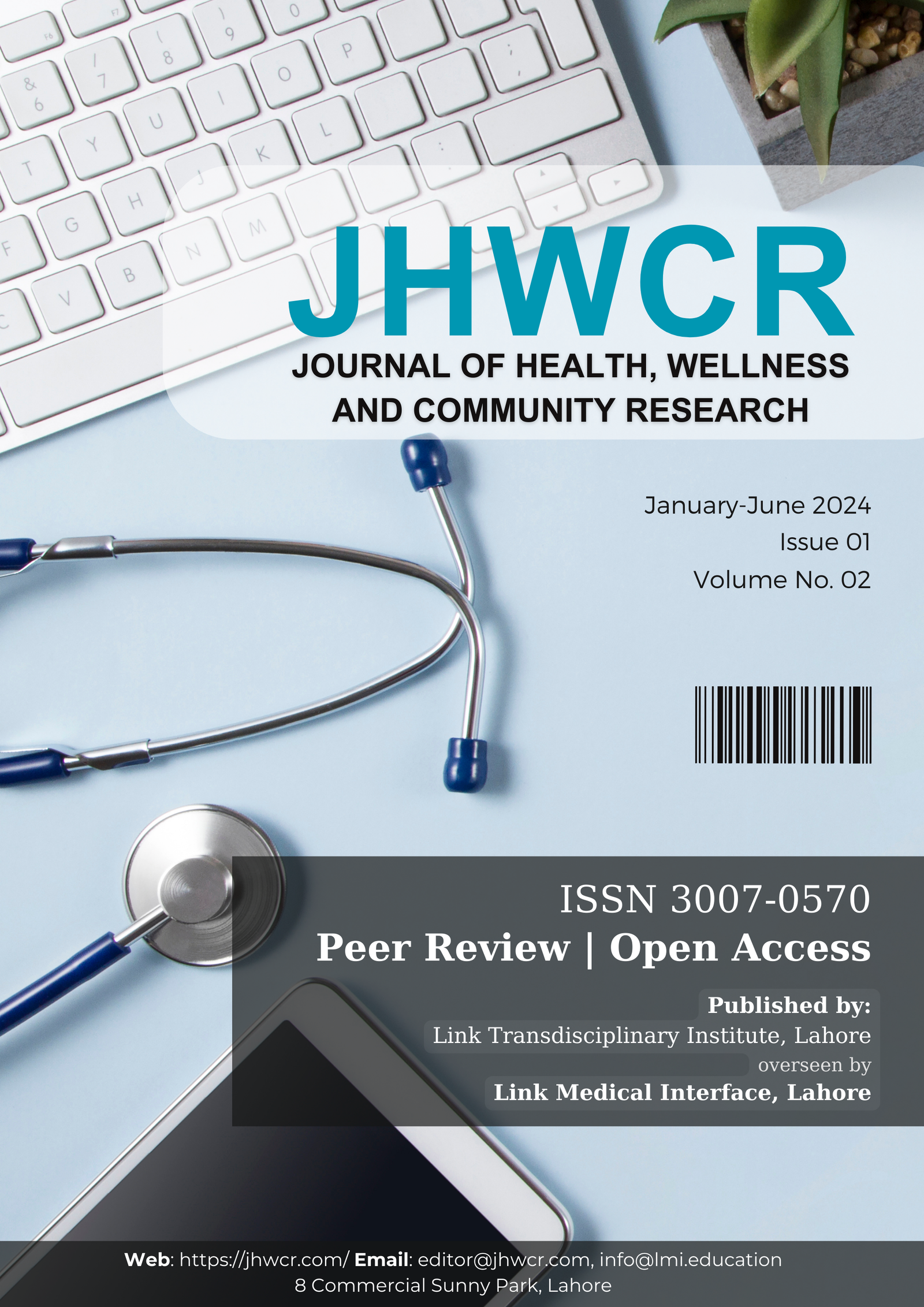Comparison of Efficacy of Intralesional Triamcinolone Acetonide Versus 5-Fluorouracil in the Treatment of Keloid at a Tertiary Care Hospital, Karachi
DOI:
https://doi.org/10.61919/bzx8dr11Keywords:
Keloid, Triamcinolone Acetonide, 5-Fluorouracil, Randomized Controlled Trial, Intralesional Therapy, Efficacy, DermatologAbstract
Background: Keloids present a persistent clinical challenge due to excessive fibroblast activity and abnormal wound healing, with limited high-quality comparative evidence on optimal intralesional therapy. Objective: To compare the efficacy of intralesional triamcinolone acetonide versus 5-fluorouracil in reducing keloid height among adults at a tertiary care hospital in Karachi, with efficacy defined as ≥50% reduction in keloid height. Methods: This double-blinded, randomized controlled trial enrolled 50 adult patients (n = 50) aged 20–60 years with clinically diagnosed keloids. Key exclusion criteria included recent keloid therapy, active infection, systemic illness, or immunosuppression. Patients were randomized to receive intralesional triamcinolone acetonide or 5-fluorouracil injections at three-week intervals for four sessions. Keloid height was measured objectively at baseline and post-treatment. Ethical approval was obtained from the institutional review board in accordance with the Helsinki Declaration. Data were analyzed using SPSS version 27.0, applying t-tests and chi-square tests as appropriate. Results: Both groups were demographically comparable. The mean reduction in keloid height was significantly greater in the 5-fluorouracil group (1.8 ± 0.4 cm to 0.5 ± 0.5 cm) compared to the triamcinolone acetonide group (1.8 ± 0.4 cm to 0.8 ± 0.5 cm; p = 0.023). A higher proportion of patients in the 5-fluorouracil group achieved ≥50% reduction in keloid height (88% vs. 64%; p = 0.047), indicating clinically meaningful improvement. Conclusion: Intralesional 5-fluorouracil is significantly more effective than triamcinolone acetonide in reducing keloid height, supporting its use as a preferred therapeutic option for keloid management in clinical practice.
Downloads
Published
Issue
Section
License
Copyright (c) 2025 Misbah Zari Qadir, Rabia Ghafoor, Muhammad Khurram Salahuddin, Nazia Jabeen, Khadija Asadullah, Parisa Sanawar, Soonha Iqra (Author)

This work is licensed under a Creative Commons Attribution 4.0 International License.


